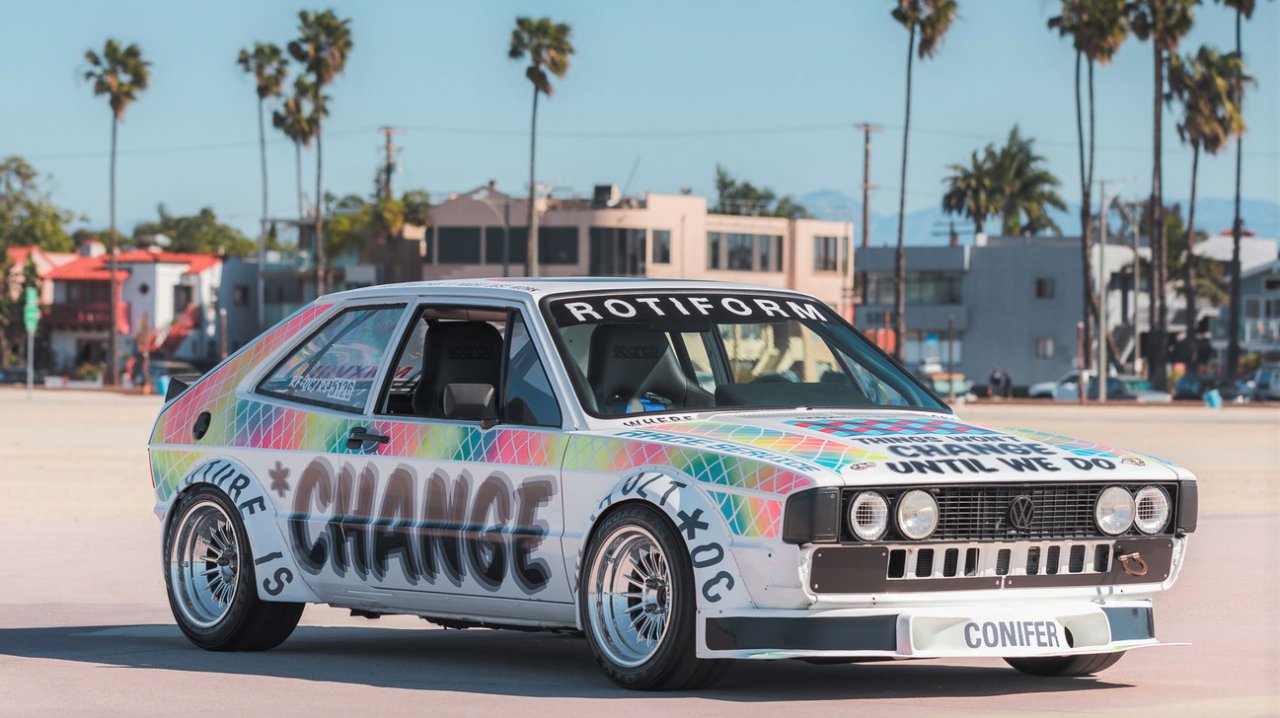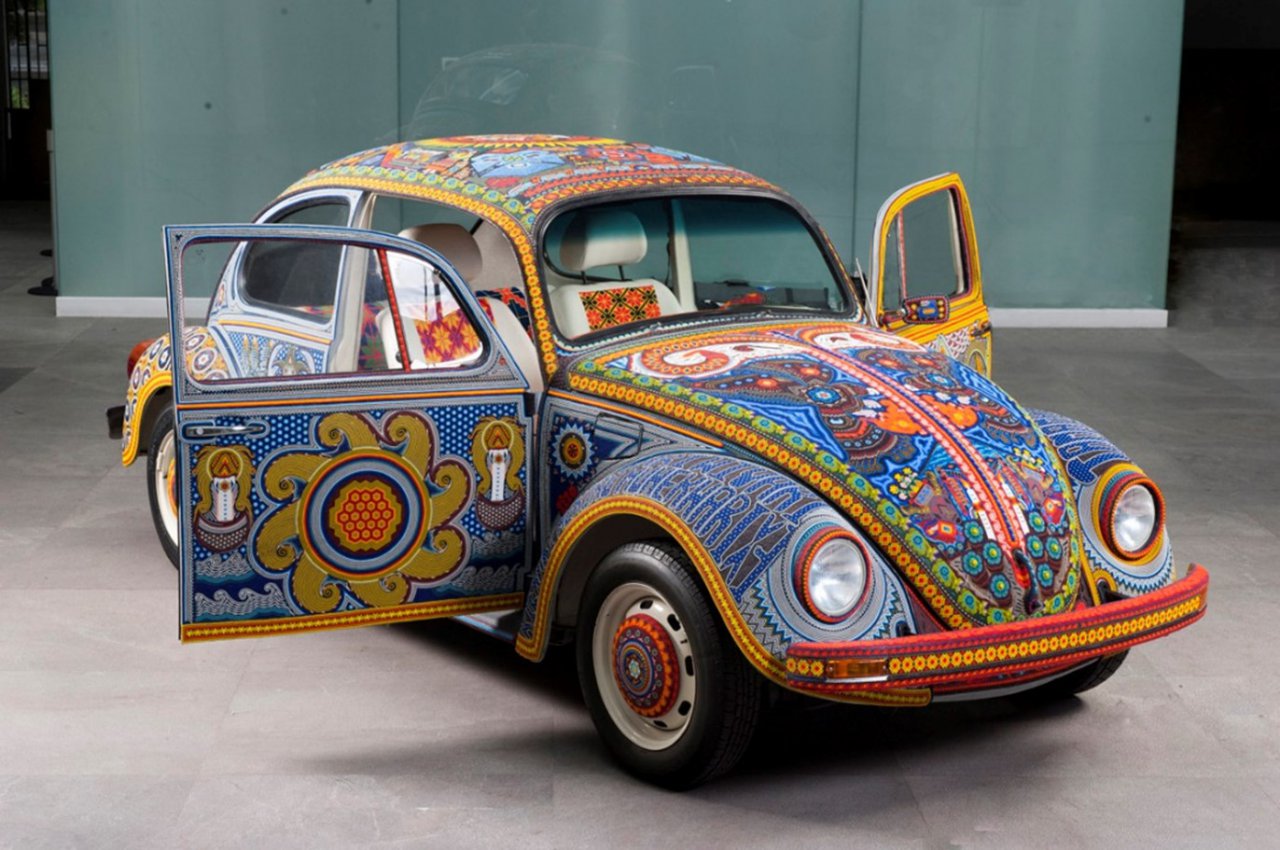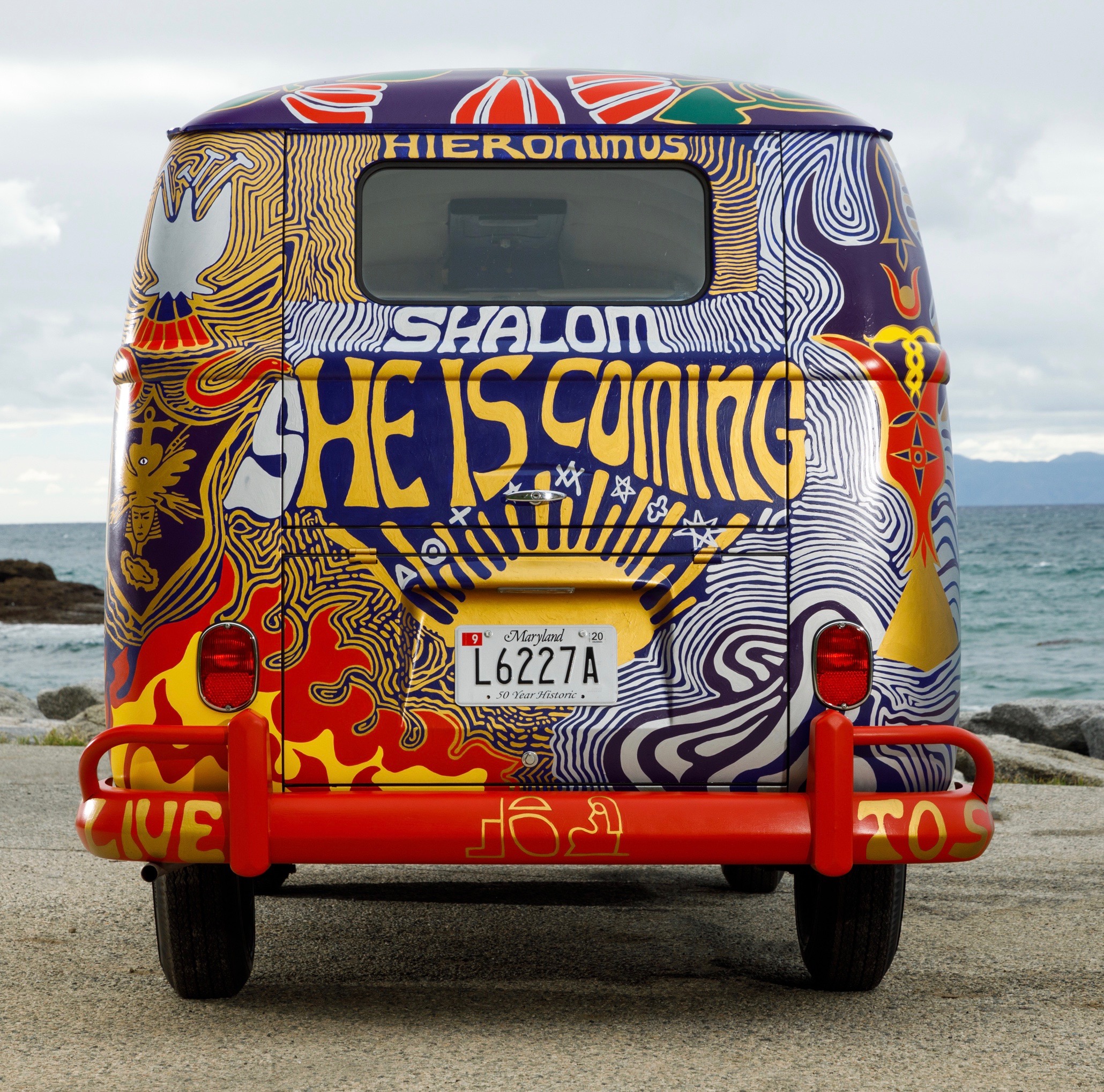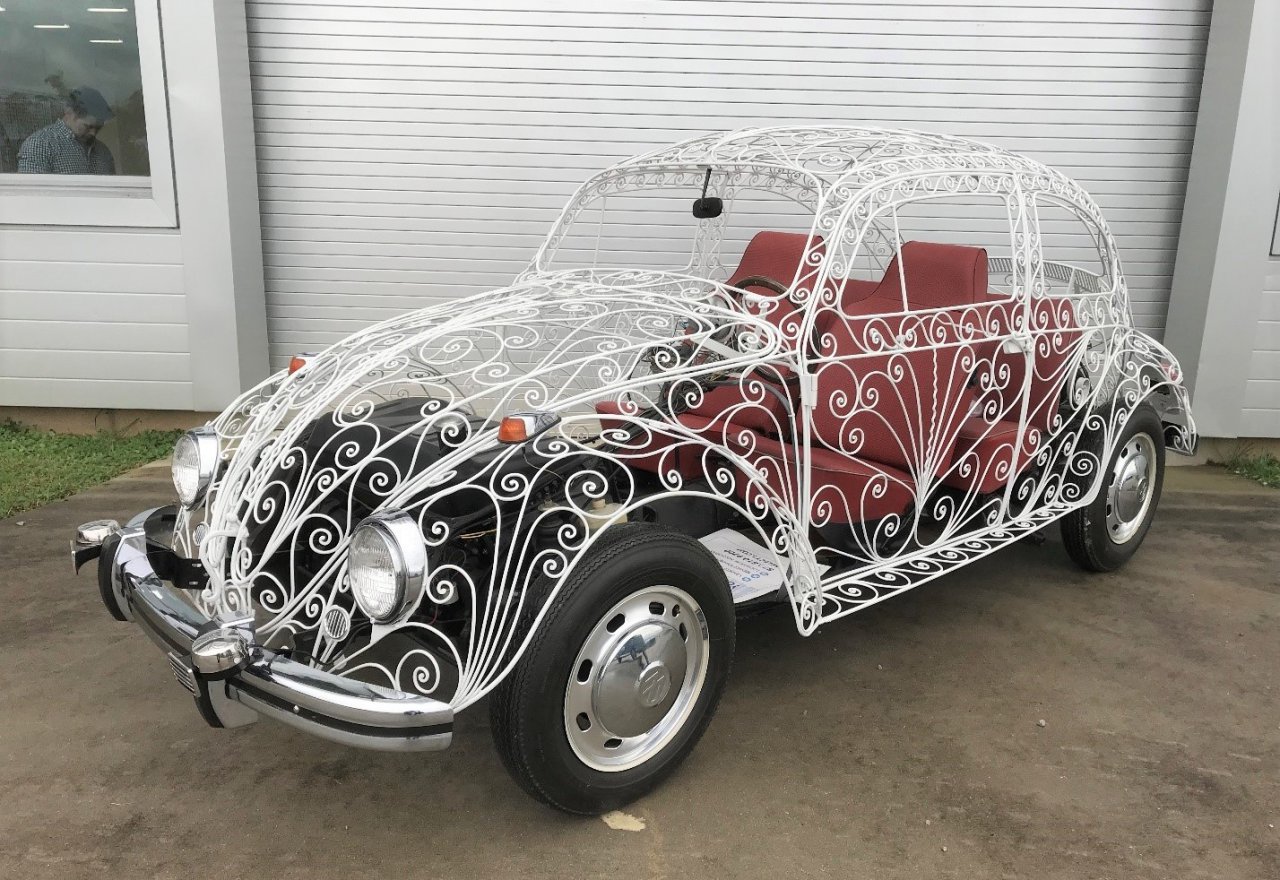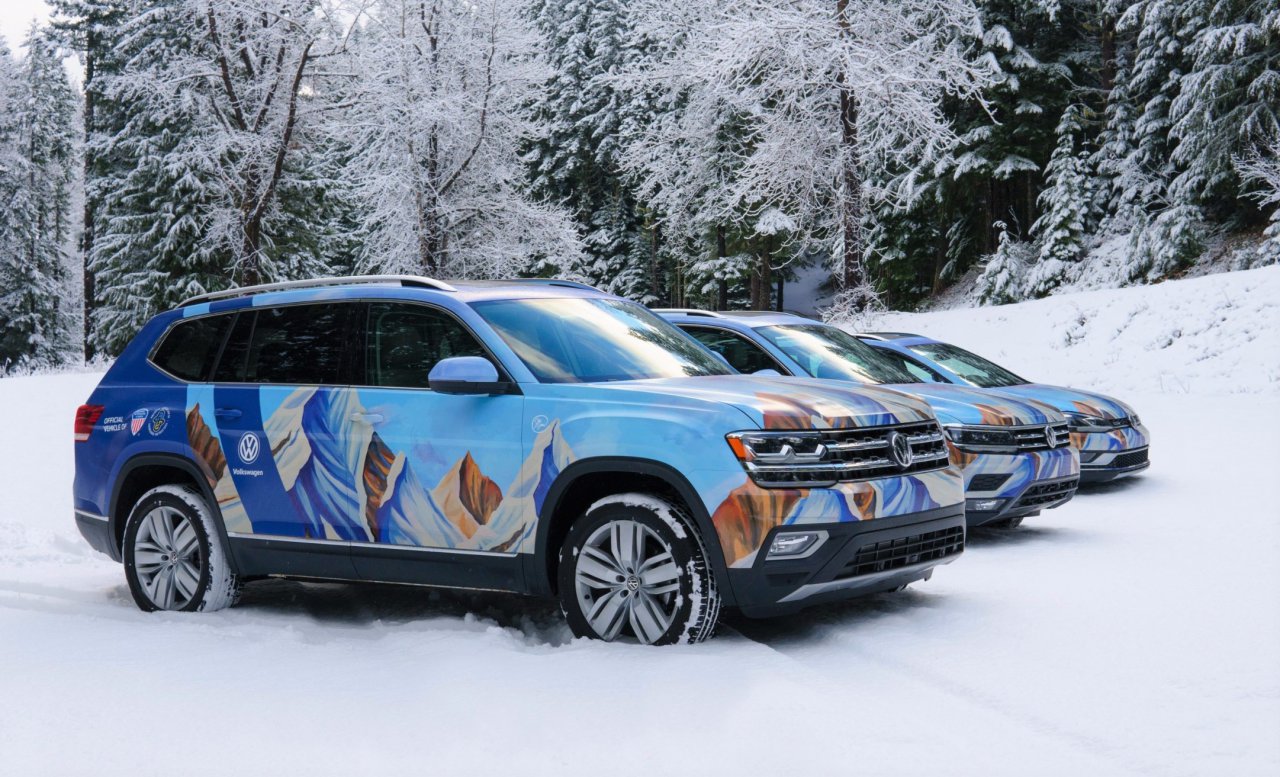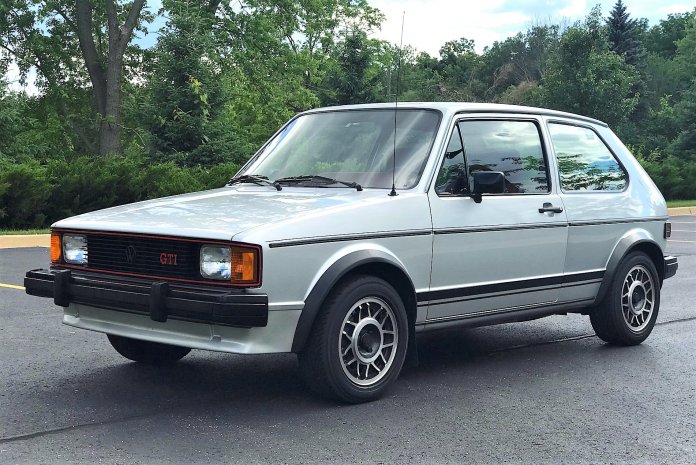

The Rabbit GTI boasted improved handling and a modest power increase over the standard model | Motor Authority photos
I’m sitting sports-car low behind a low-set dashboard and an upright picture window windshield that provides a view of the front corners of the hood. I fire up the 1.8-liter 4-cylinder engine and the exhaust rattles like a hive of worker bees. It’s full of sound and fury signifying…90 horsepower.
When I let off the throttle, the idle drops too low to keep the engine from shuddering and stalling. A few pumps of the throttle are needed until it warms up. I don’t miss those days.
I don’t miss the cars I owned back then, either. Like most kids with Midwestern roots, my tastes ran toward what I could afford among American cars: a 1978 Ford Fairmont wagon, a 1974 Buick LeSabre Luxus, a 1983 Oldsmobile Cutlass Cierra, and a pair of Pontiac Grand Prixes of 1978 and 1983 vintage.
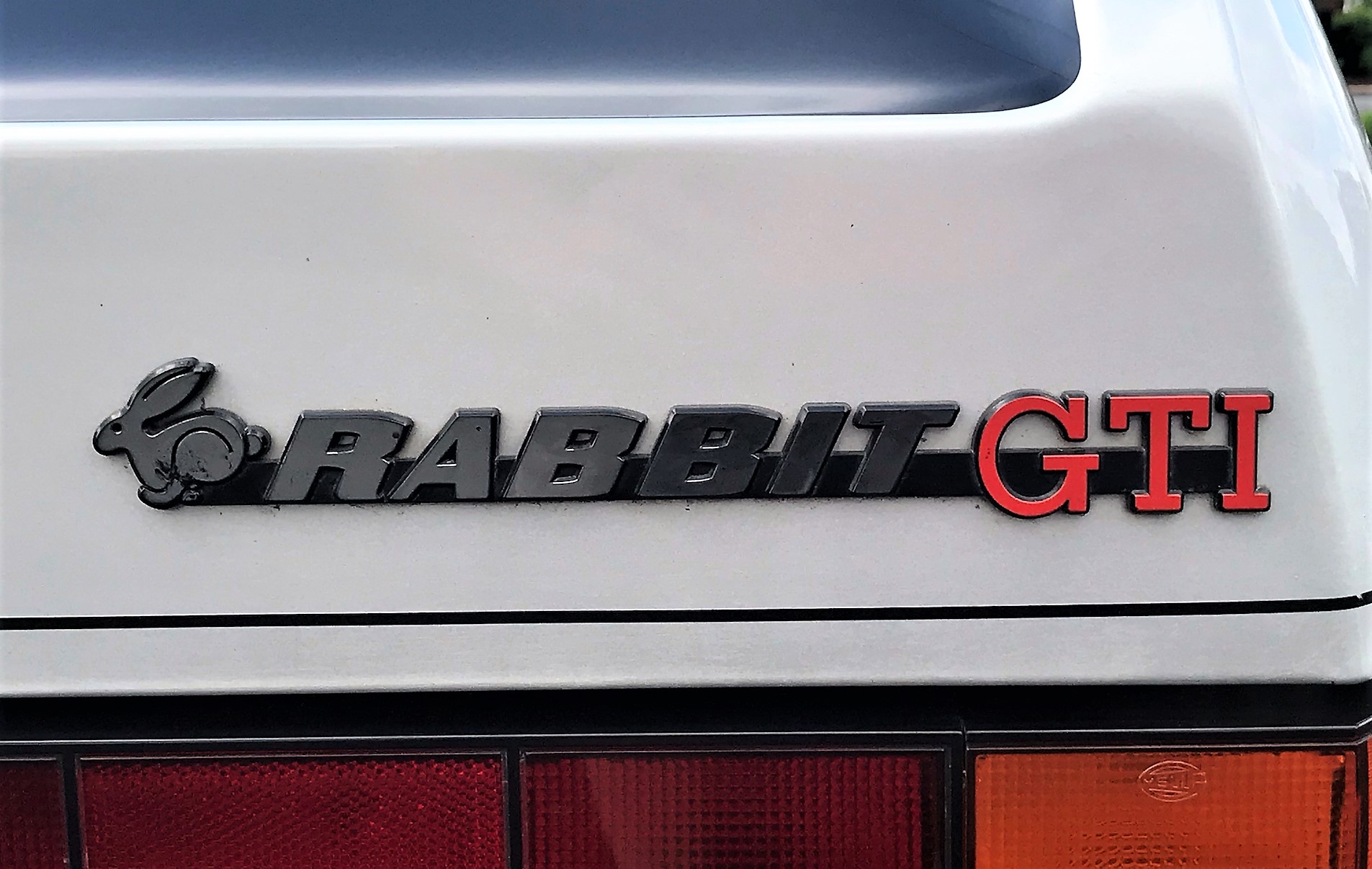
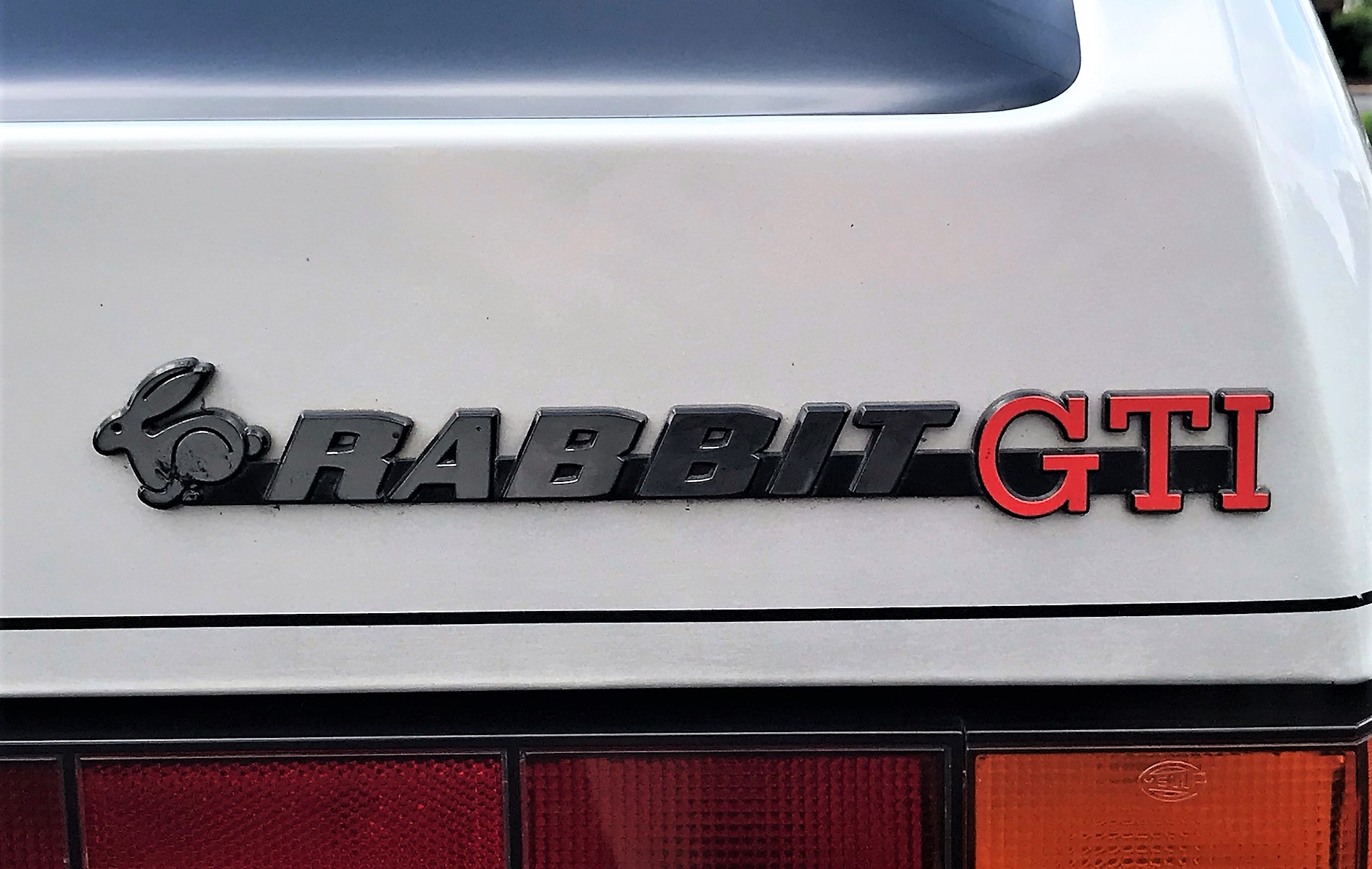
The Pontiacs were the best, but they weren’t this small, didn’t feel this tight, and didn’t have the spunk of this 1984 Volkswagen Rabbit GTI. It reminds me of coming of age during a time of automotive malaise, and the GTI’s promise of a new era: the hot hatch.
This Rabbit GTI marks the last model year for the first-generation GTI. It debuted in 1976 overseas, but didn’t arrive in America until 1983, and it was soon redesigned for 1985. It may have been the original hot hatch, but the first-generation GTI wasn’t so hot. Instead, it was different: small, agile, solid, and sporty at a time when America made passionless cars that were either large and plodding or small and chintzy.
I reach below my right knee like a big rig driver to shift into 1st gear and set off in a piece of history.
This 61,000-mile Rabbit GTI – part of Volkswagen’s vintage fleet in Detroit – doesn’t have the classic plaid seats that date back to the first GTIs from the mid-’70s. Instead, I’m sitting on a well-bolstered bucket ensconced in red velvet that was all the rage in the 1970s and ’80s but is now as out of style as shag carpeting and wood wall paneling.
RELATED: Driven: Mazda 6 is a sporty 4-door
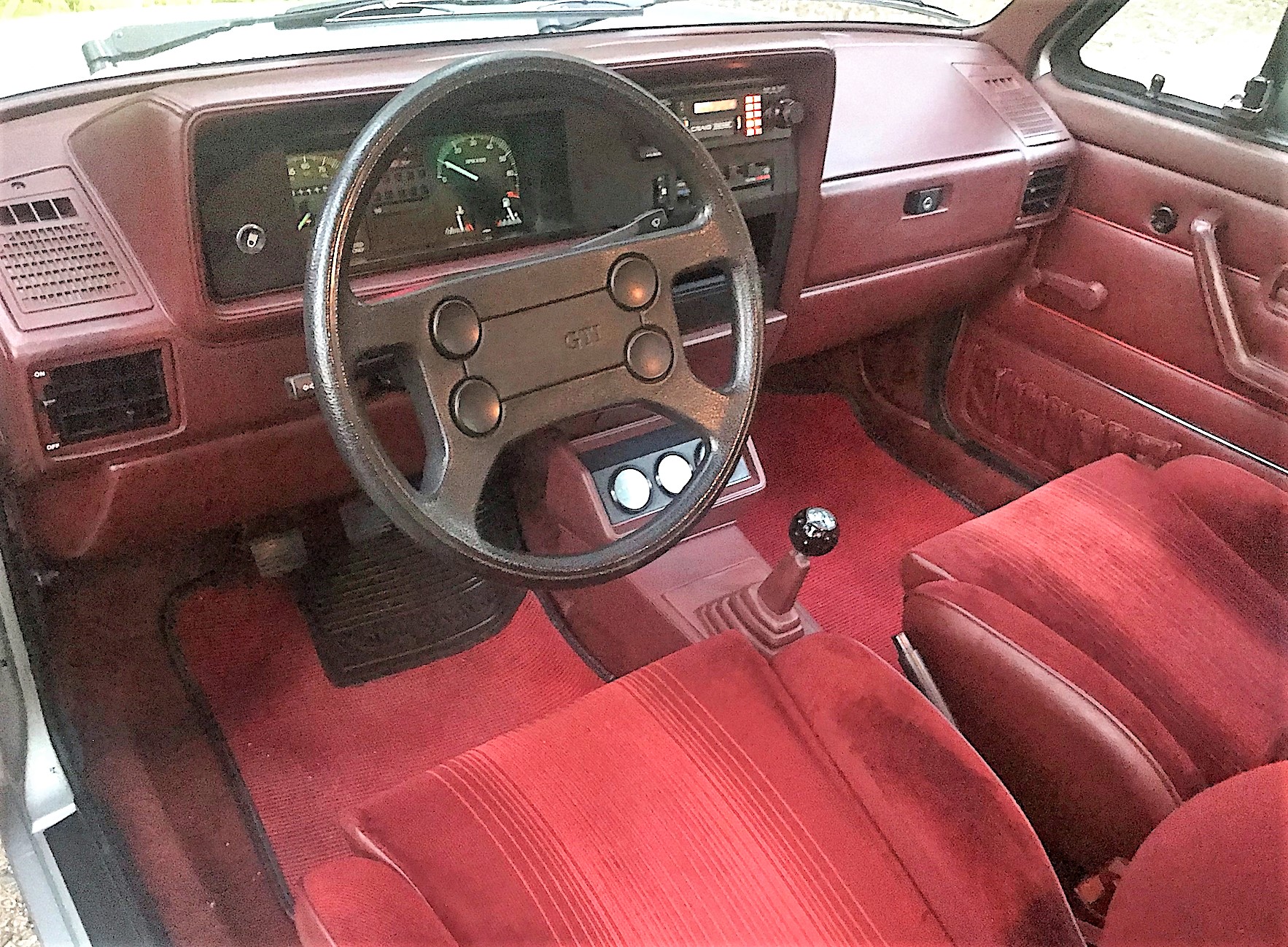
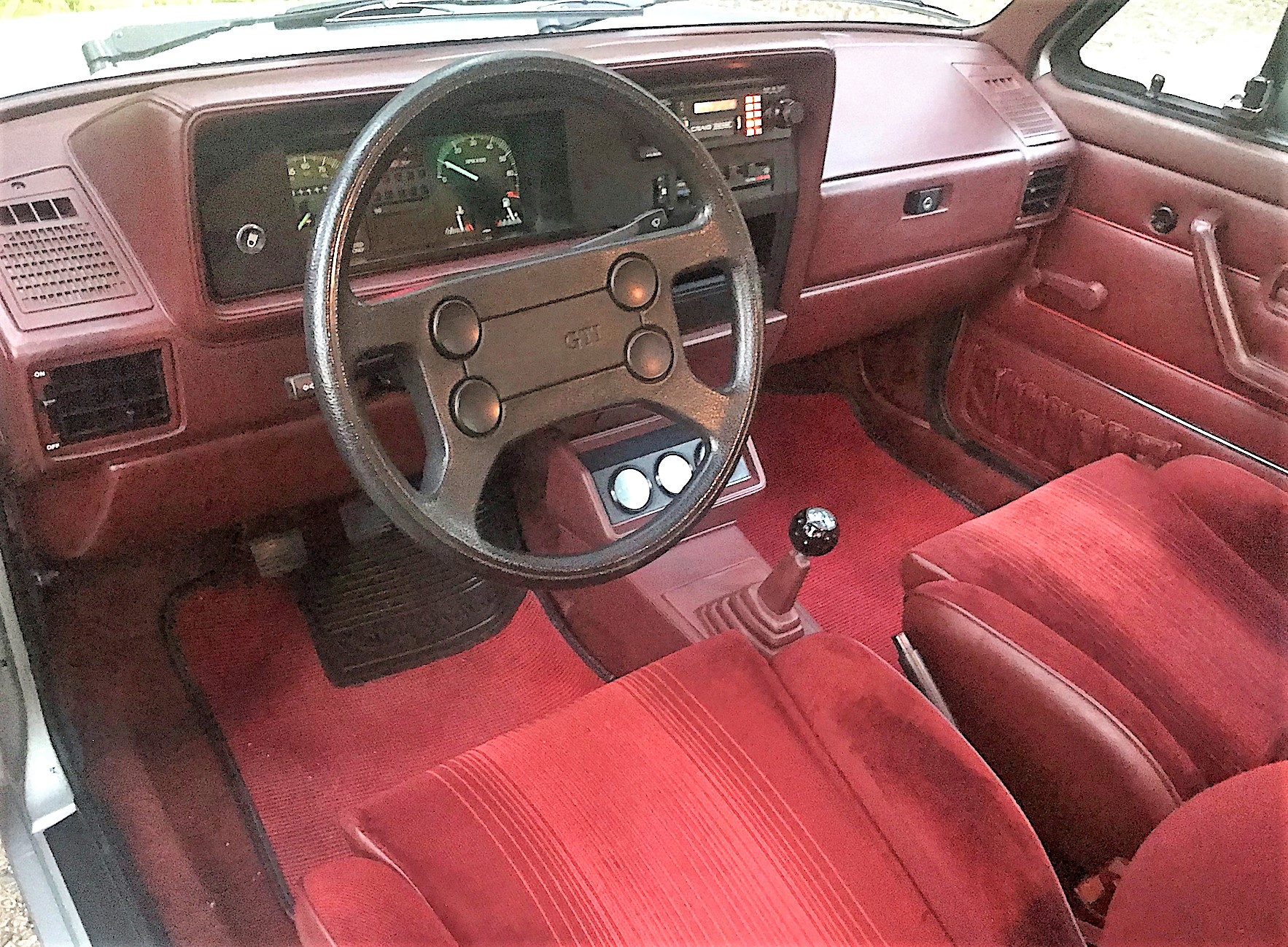
I grip a large, thin, vinyl steering wheel adorned only with four round horn buttons and yank it to the right to turn onto the road. I’m in for a workout because the car lacks power steering.
It also lacks the hot we associate with hatch today. The luke-warm hatch radiated even less heat when it launched in the U.S. While the world received a 105-horsepower engine, the U.S. version was defanged to 90 horses.
Still, the first-gen GTI weighed only about 1,800 pounds so its power-to-weight ratio made it reasonably spritely for the era, with a 0-60 mph time of about 9.0 seconds. Fuel injection added power and a measure of reliability, despite today’s rough start.
The Rabbit GTI is no burner by today’s standards. In a 3,500-pound car, 90 hp would be truly anemic, but lightness counts and the GTI keeps up with city traffic just fine. It can even get out ahead of suburban commuters in their look-alike SUVs if I shift late enough to keep the revs up closer to the 6,200 rpm redline.
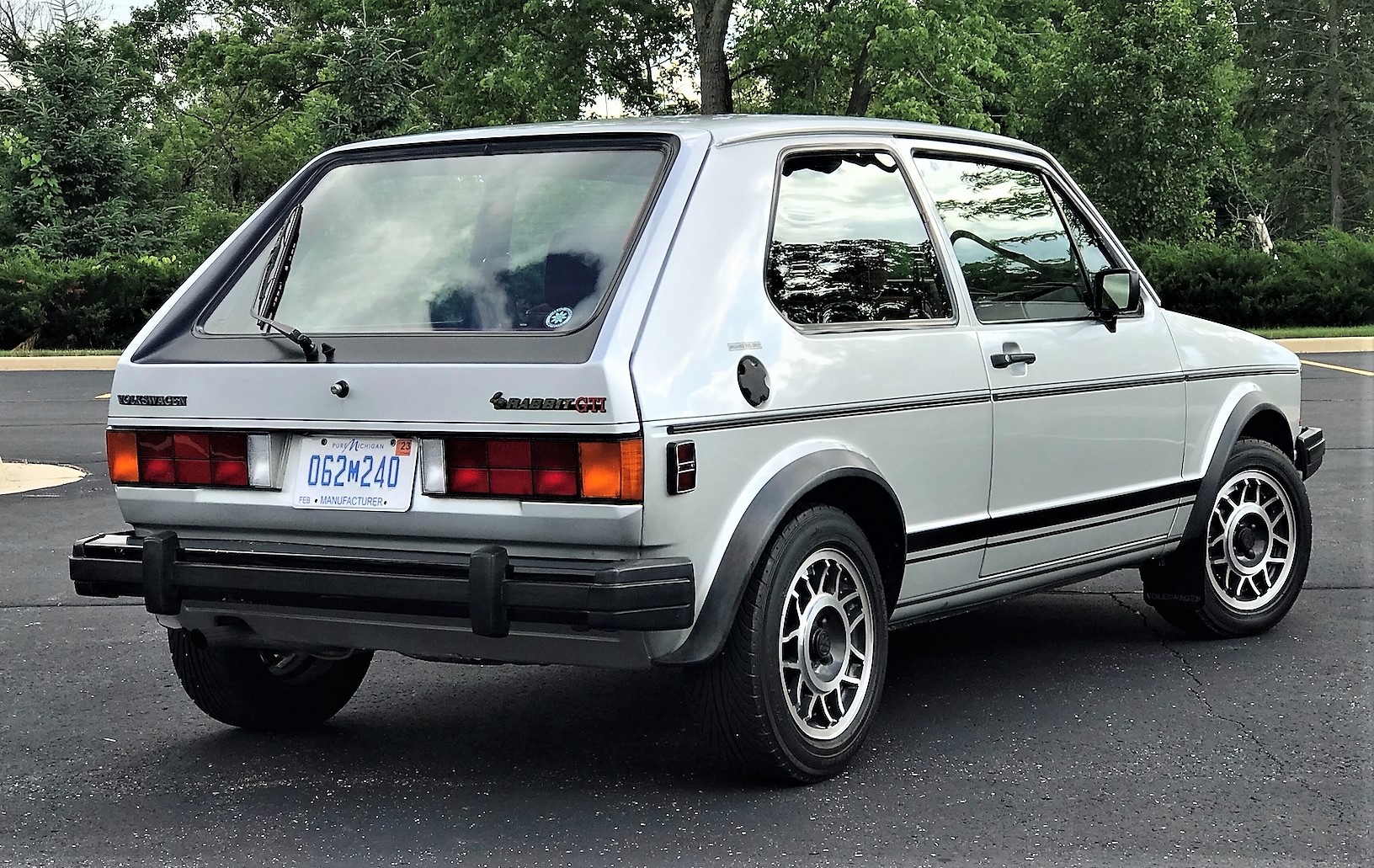
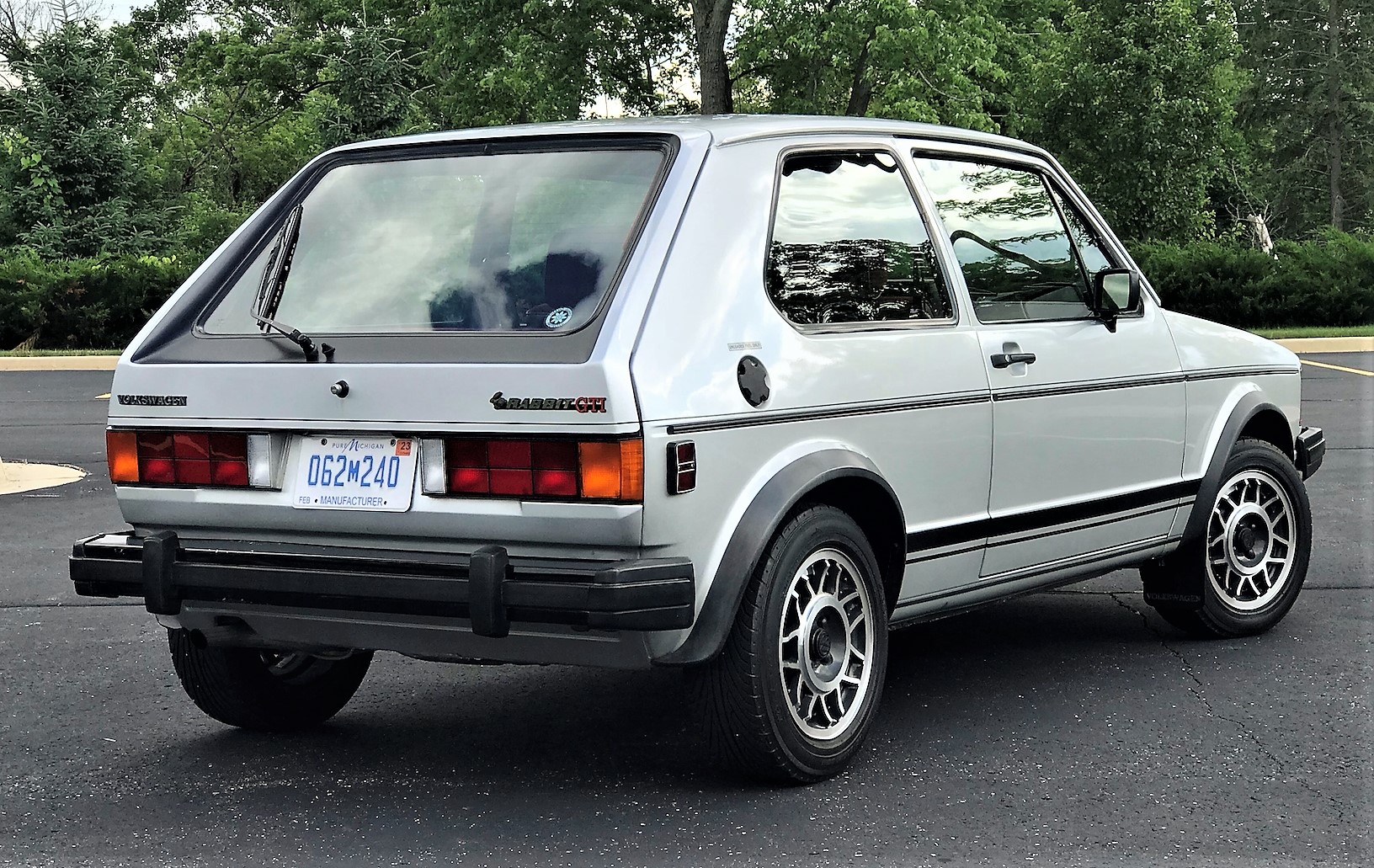
However, the gears aren’t so easy to find with the golf-ball shifter, and it’s easy to start in 3rd instead of 1st or shift from 2nd to 5th, either of which leaves me with no useful power. Thankfully, clutch takeup is predictable and the shifter slots easily into gear once I find the right one, though it balks at downshifts into 1st when the car is rolling.
A moderate dash from a stoplight hardly feels different than a full-throttle launch. The most notable difference is how angry the worker-bee exhaust note sounds.
RELATED: Driven: Mazda 6 is a sporty 4-door
The little 4-cylinder’s willpower even gets it to highway speed with relative ease, though passing isn’t really an option. The gearing means the 1.8-liter spins at 4,000 rpm at 75 mph, which doesn’t leave much room to dart ahead of a merging SUV. The Craig stereo can drown out the racket from the exhaust, but unfortunately, it masks it mostly with a buzz of its own in the form of distortion. Car stereos have come a long way.
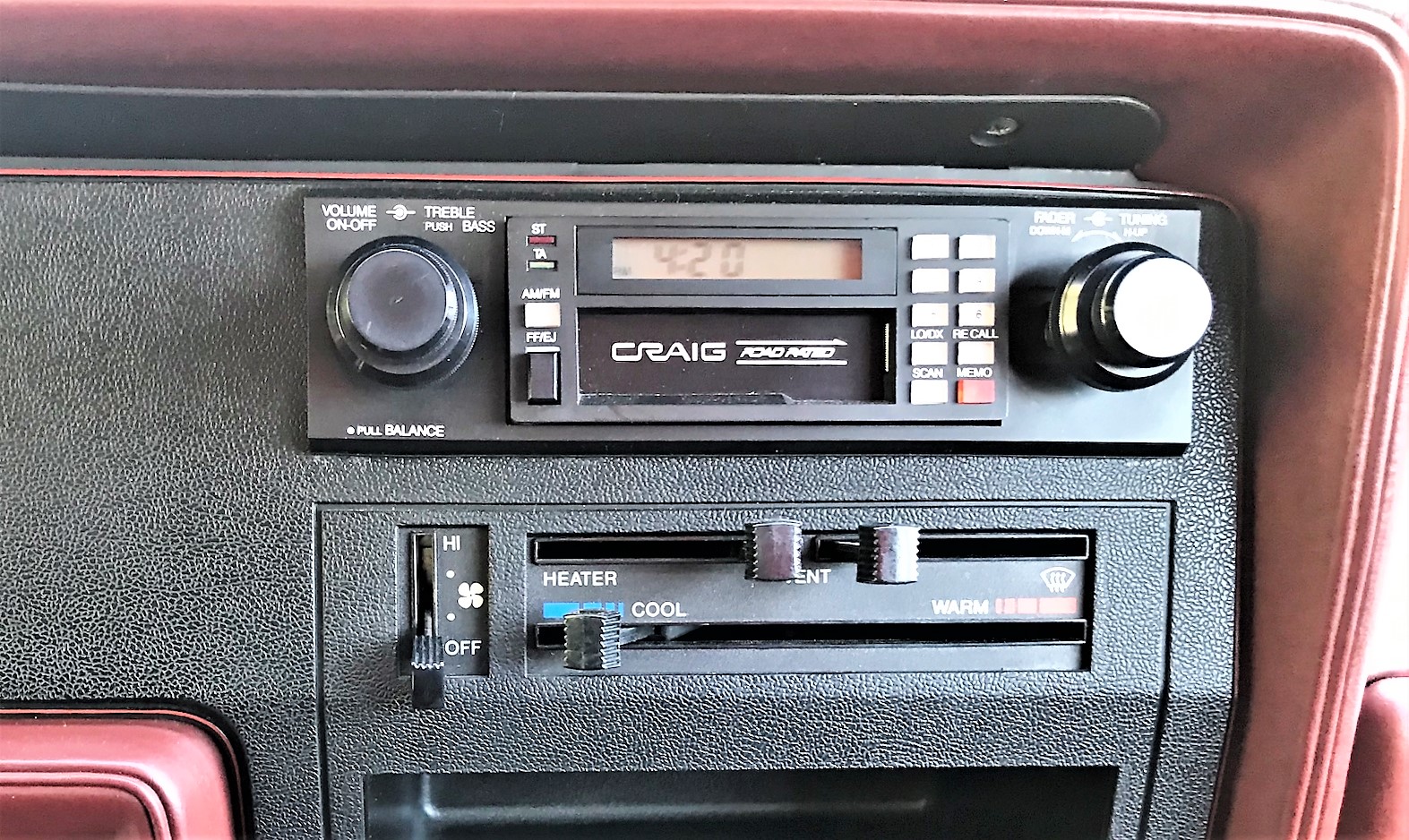
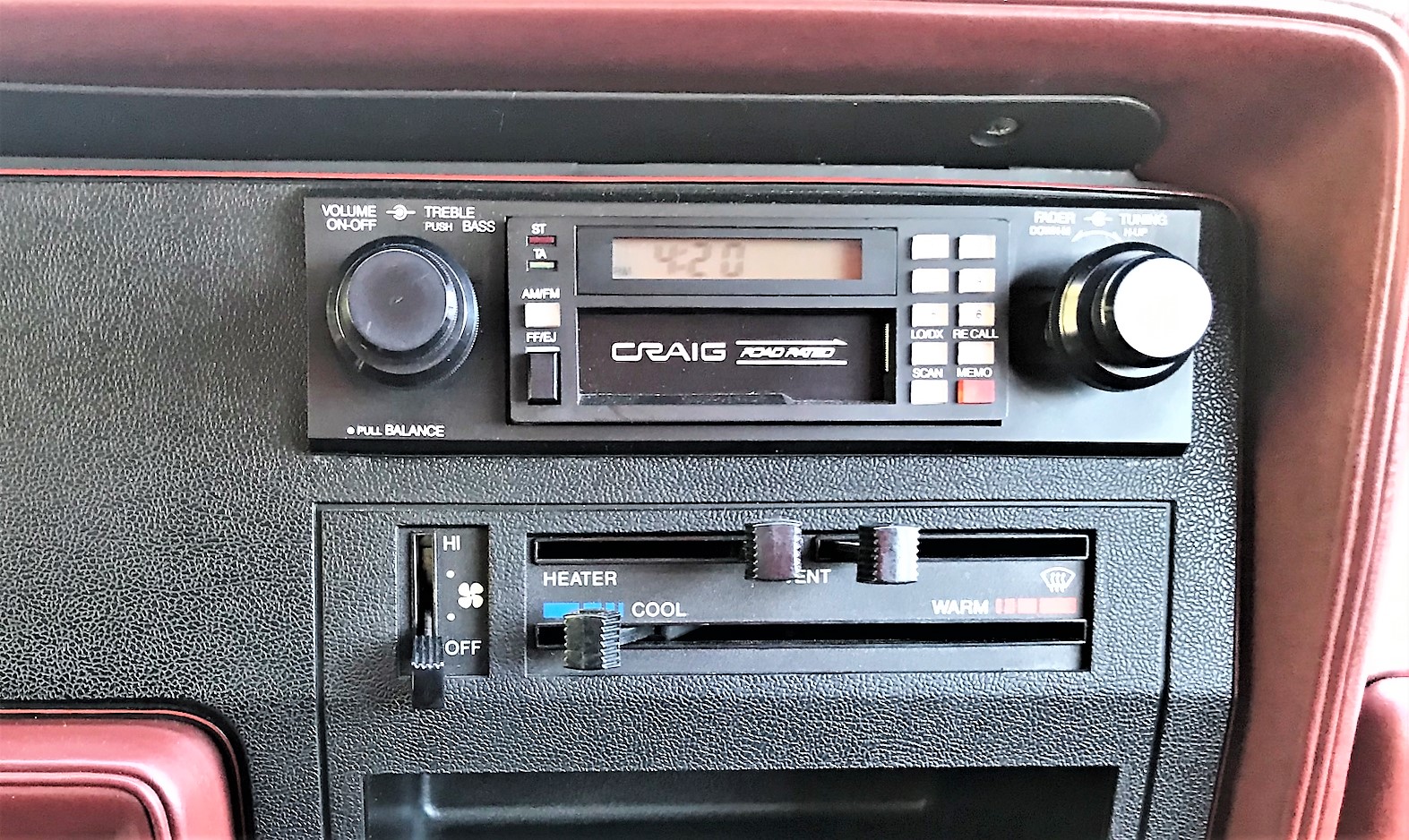
So have suspensions and handling characteristics. I head to lake country outside of Ann Arbor to test the GTI’s handling, which isn’t exactly hot, either. On the freeway or a back road, the car feels solid and planted, but its 185/60R14 Yokohama ES100 tires give up grip rather easily. They have relatively little contact patch compared to today’s wider and grippier tires.
In Road & Track testing back in the day, the GTI managed just .797 G of grip on the skidpad. That was good then, but it’s less than Toyota Camry-level today.
Still, the GTI is a blast to drive and I can practically go full out. The GTI lets me pin the throttle, keep the gears low, and attack corners with all the car has and still remain at or near the speed limit. I can use almost all of this car’s capability on the street. Do that in a modern supercar or even today’s GTI and you’ll go to jail.
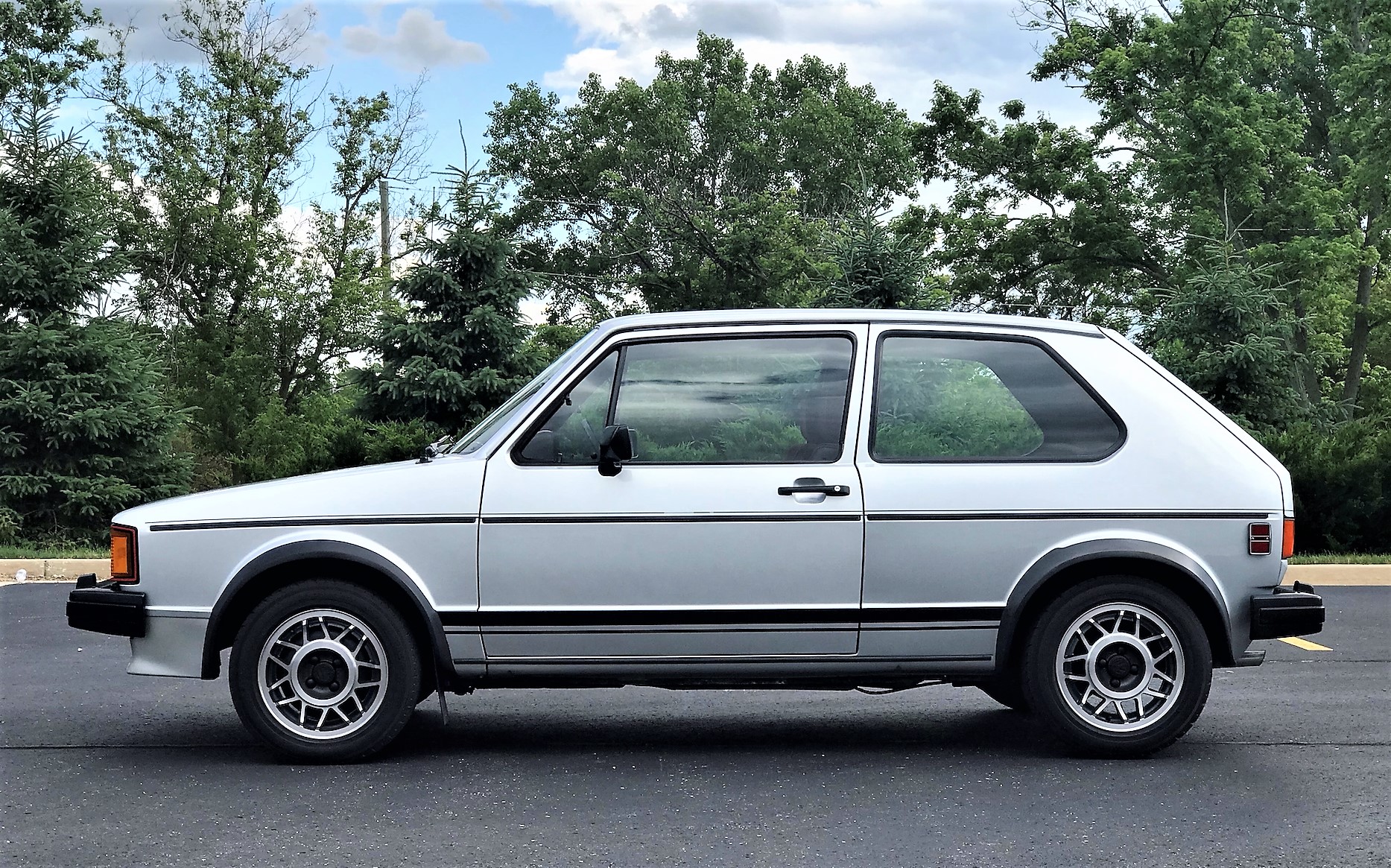
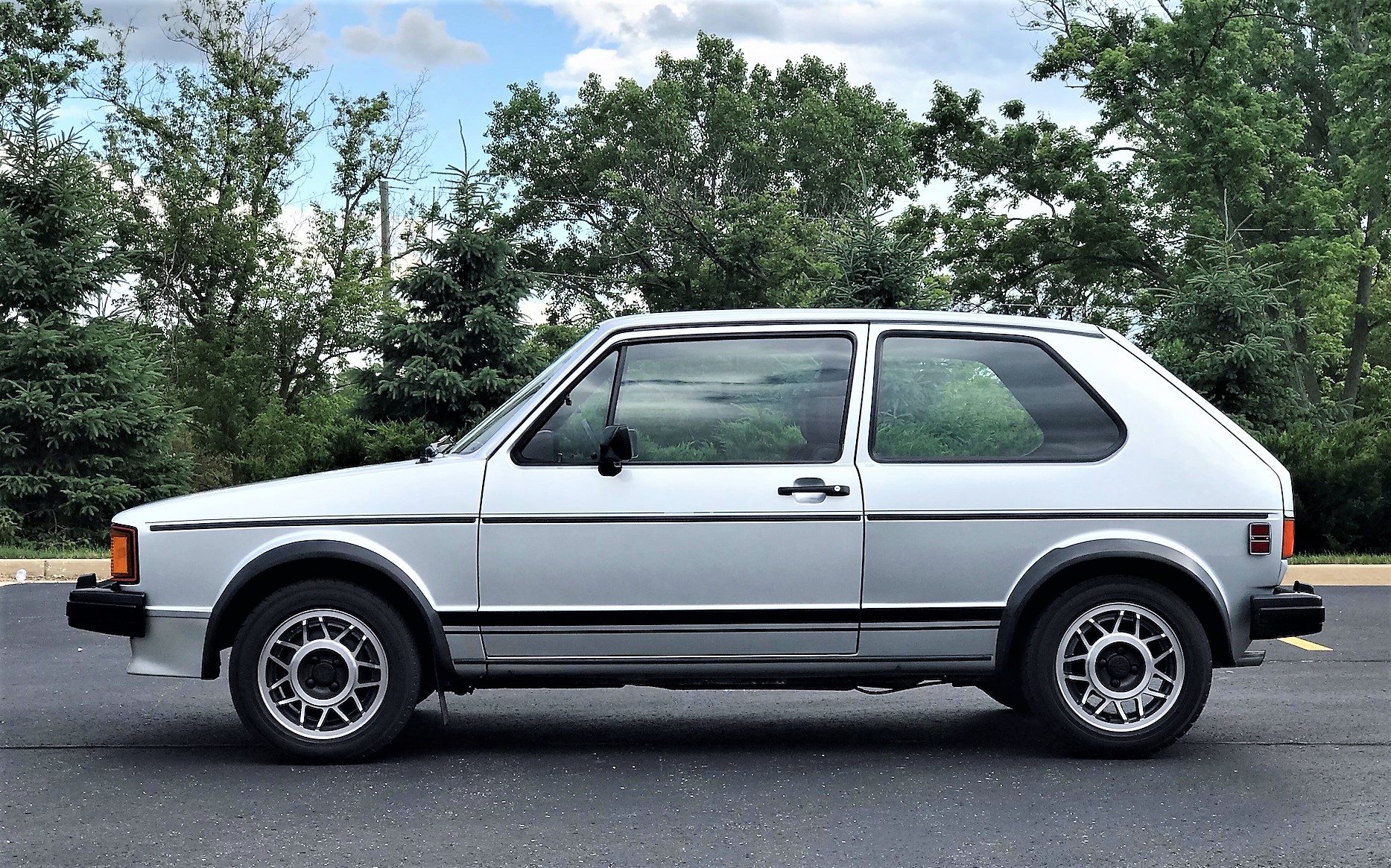
The only real way to test at-the-limit traction is to build up speed and pitch the car into a corner. The engine simply can’t create enough speed between turns on a twisty road to keep pushing the limits of grip. However, this is a vintage car without today’s safety equipment, so I’m not about to slide it sideways to test the limits of grip.
RELATED: Driven: Mazda 6 is a sporty 4-door
The steering is slow enough that I have to add more steering angle than anticipated in tight turns and roundabouts. It has decent feel, though, and while it’s a bit loose, it errs more on the side of controlled. It’s most annoying at parking-lot speeds where it provides an upper body workout.
The 60-series tires also have a lot of sidewall compared to today’s cars, so even though the GTI had a firmer suspension tune than other Rabbits of the time, the ride is never harsh. The driving experience is just pleasant, spirited, and engaging. This isn’t a hot hatch. The heat would come with more horsepower and grip in the second and third-generation GTIs. But it’s still fun.
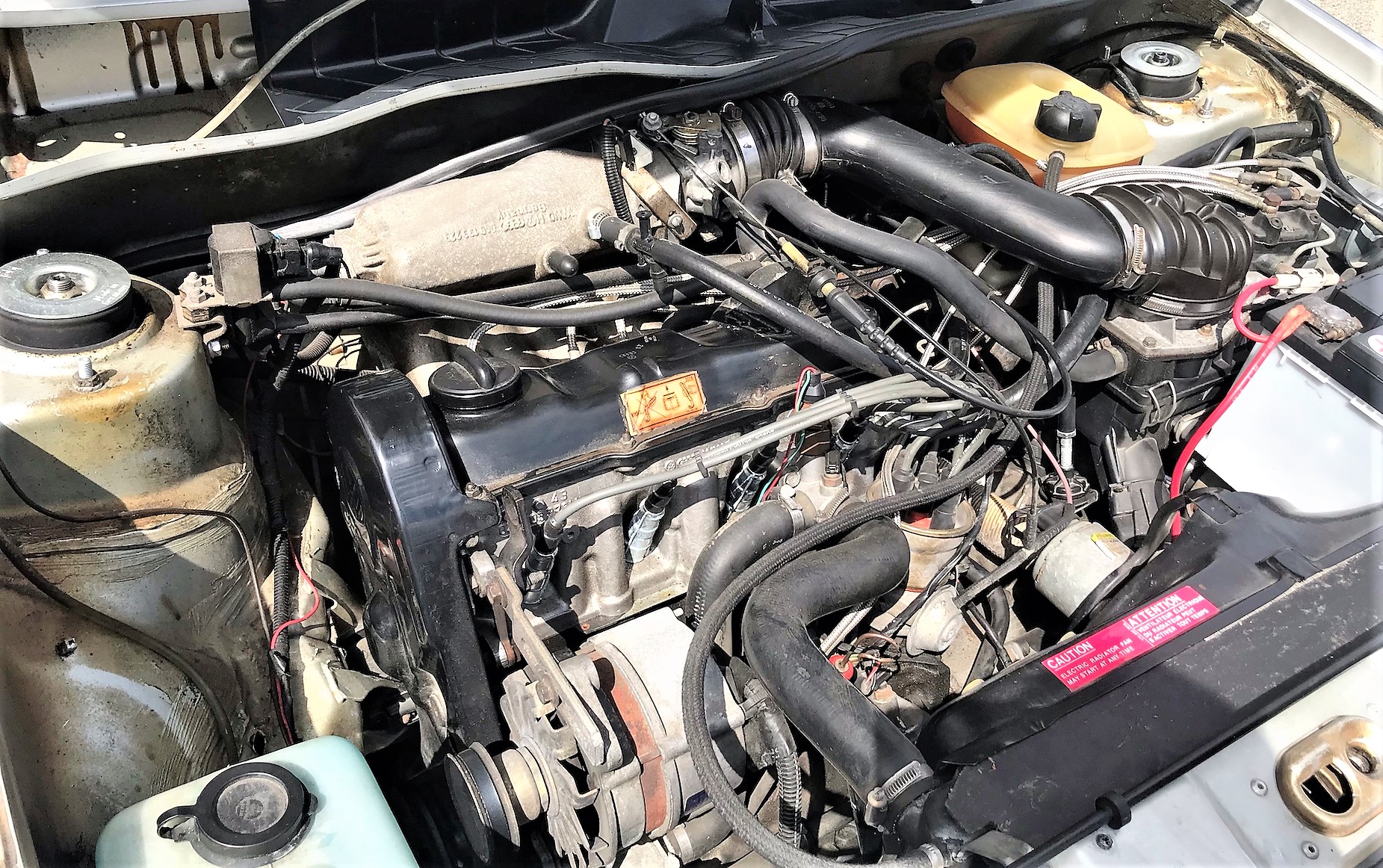
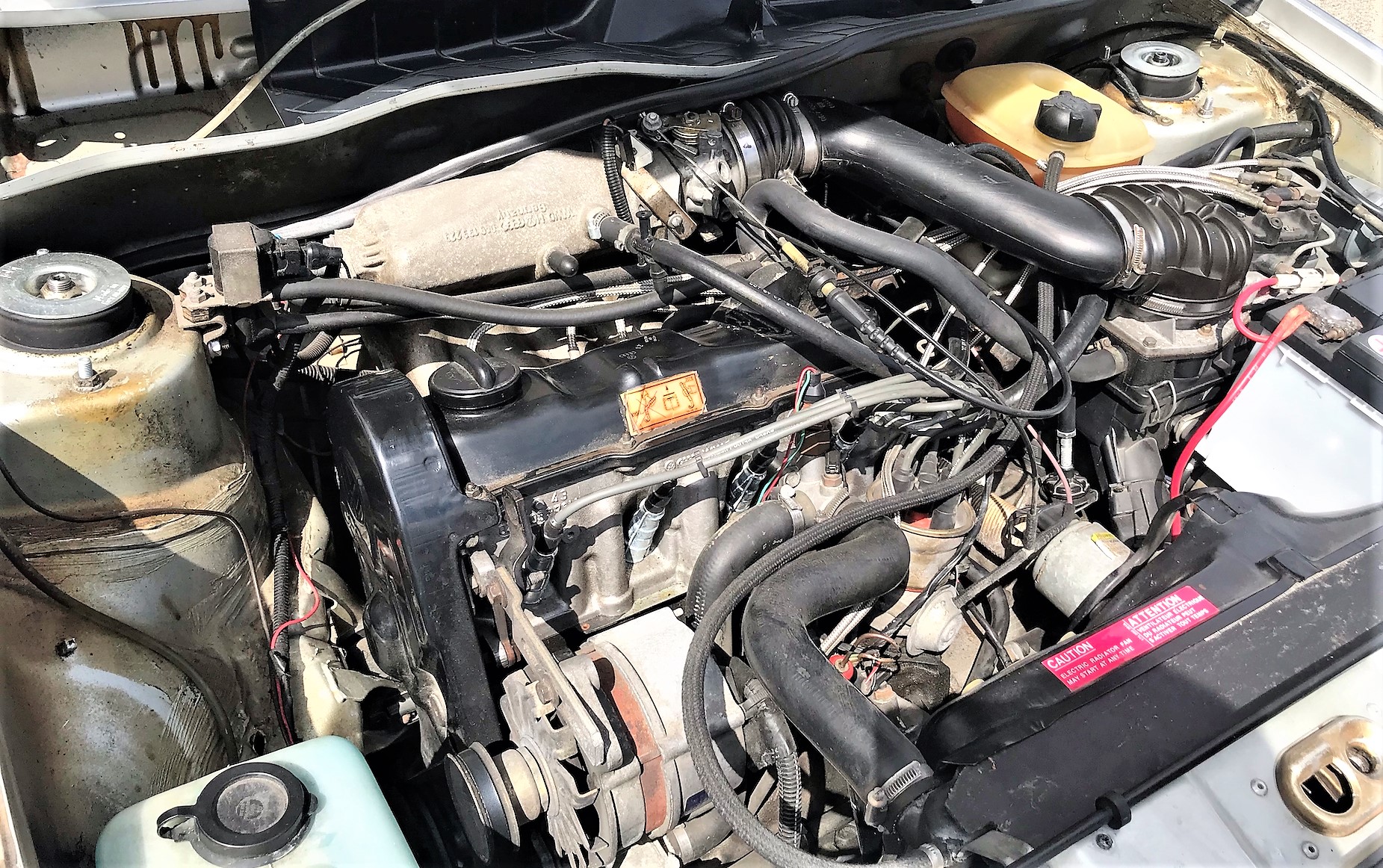
As my 146-mile drive concludes, I reflect on what I missed out on. My first handful of cars weren’t fun. Handling wasn’t a consideration and the concept of lightness didn’t register with me. Had I looked beyond our shores, I could have enjoyed smaller, lighter foreign cars that delivered fun without power.
The GTI was one of them, as were the Datsun Z cars, the Toyota Celica Supra, the Mazda RX-7, and the VW’s Scirocco. None of those cars invented an automotive category, though. The GTI did.
The GTI has only gotten better, and the original had the kernels of the modern car. The sporty take on the two-box shape, with its red-framed black grille, is unmistakable.
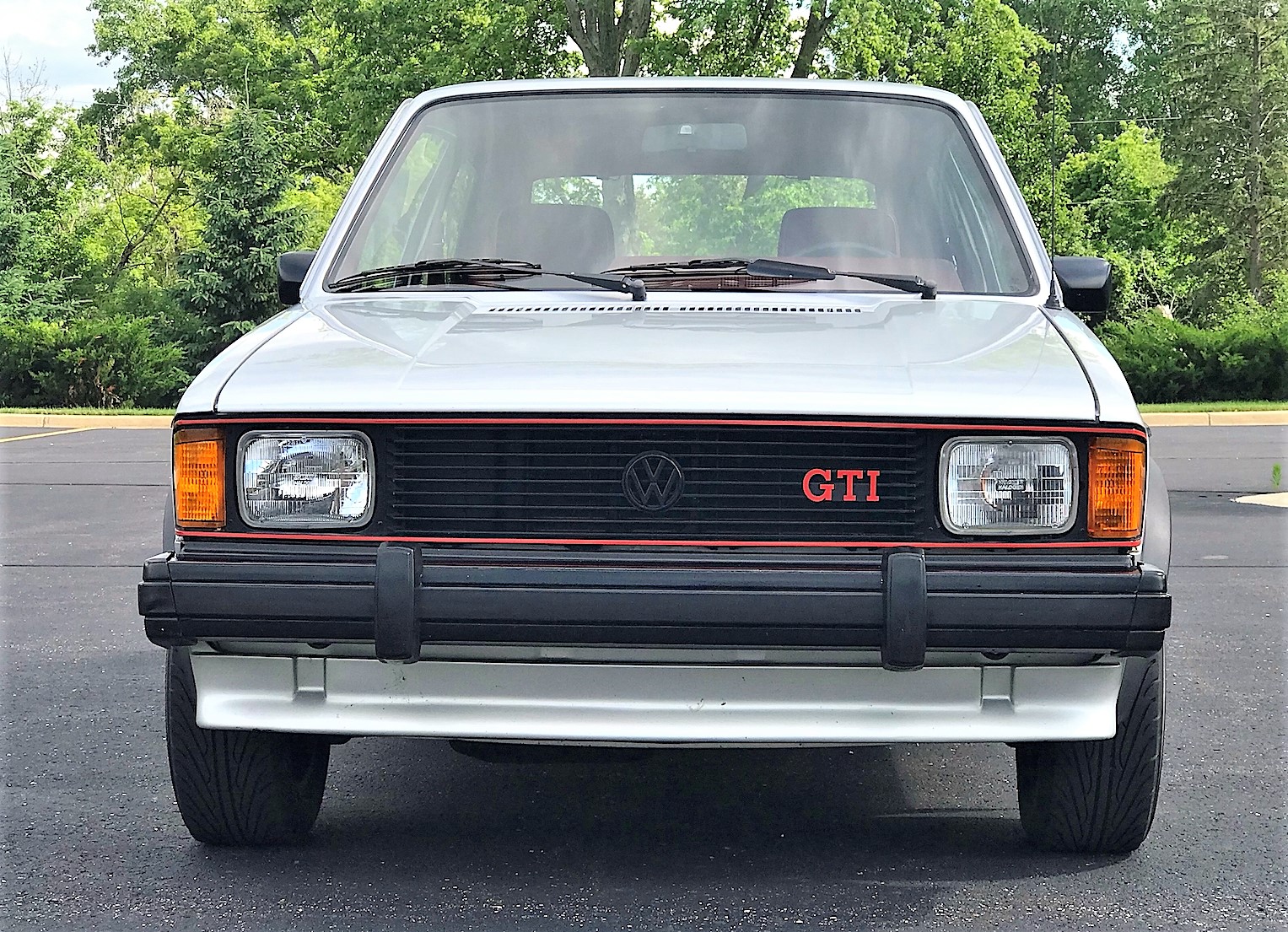
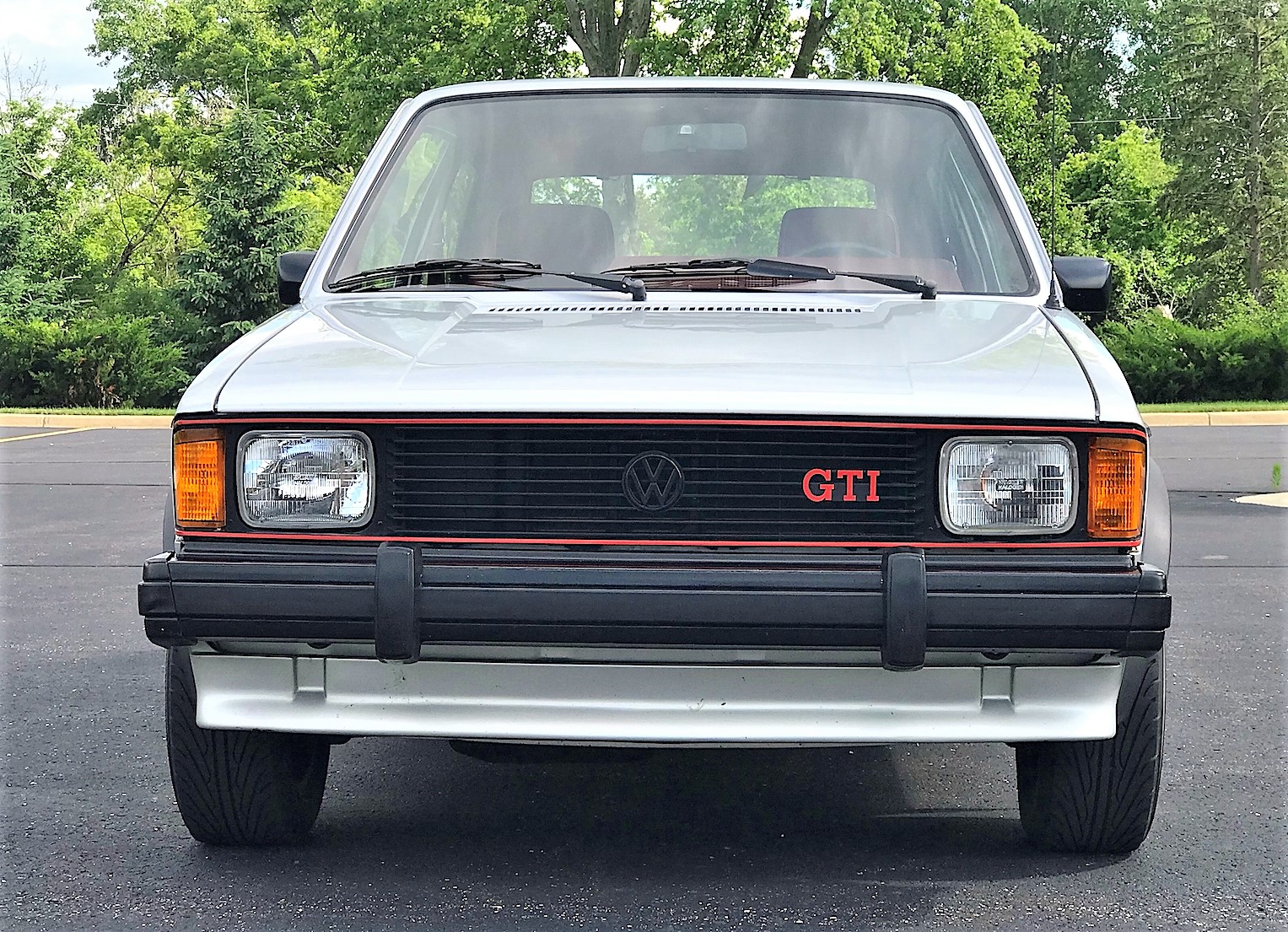
The new car is larger with a more useful rear seat and voluminous hatch area. Add 40 years of engineering advancements in tires, power, steering, and suspension, and it’s easy to see how the GTI advanced from a fun, light, tiny runabout to a hot hatchback that Volkswagen invented at a time when cars elicited little passion.
This article by Kirk Bell was originally published by Motor Authority, an editorial partner of ClassicCars.com.




















